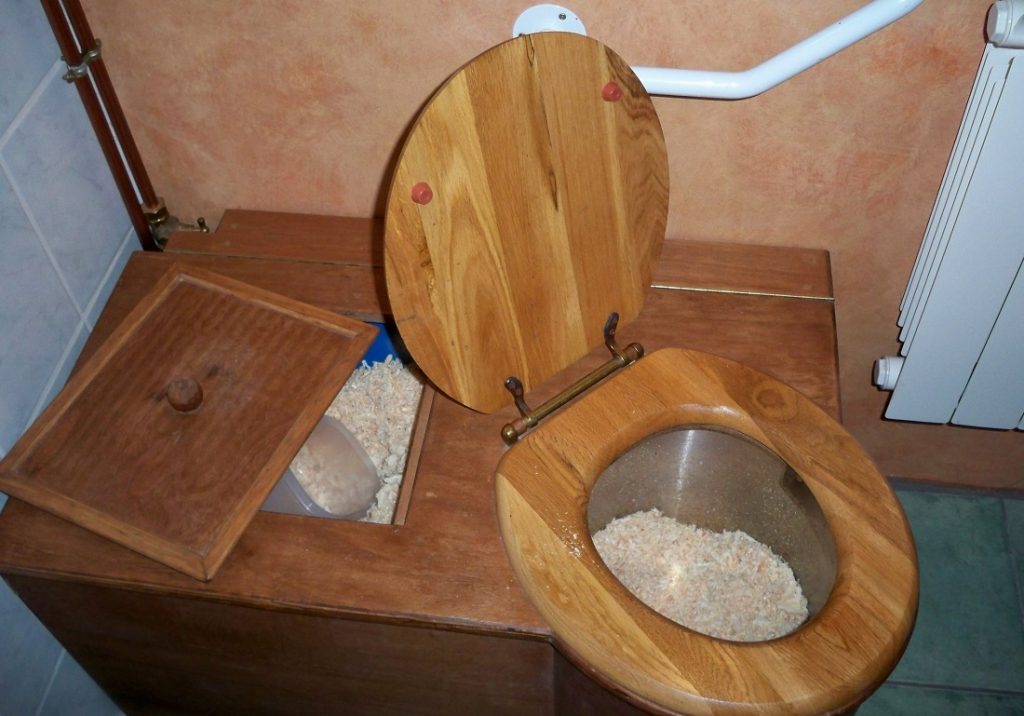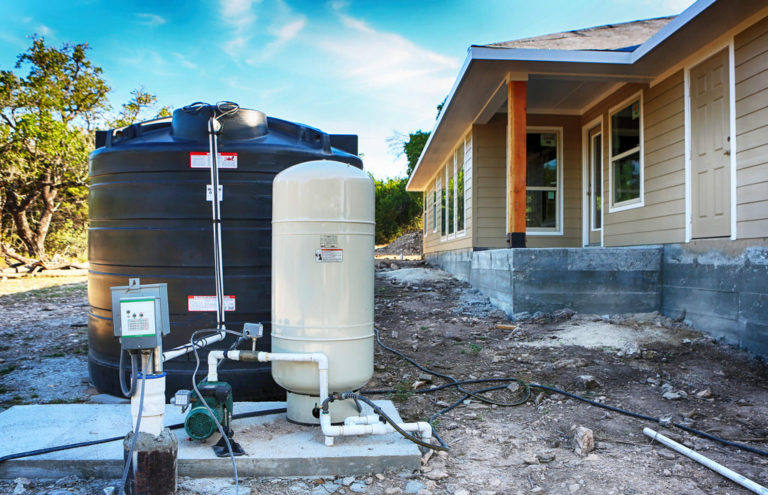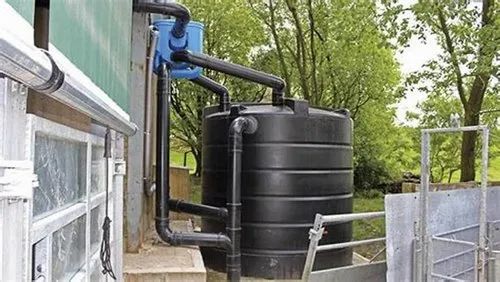Composting toilets are gaining popularity as an eco-friendly solution for off-grid living.
These innovative systems use natural processes to transform human waste into nutrient-rich compost, reducing water consumption and minimizing environmental impact.
Unlike traditional flush toilets that rely on a constant supply of water and energy, composting toilets are self-sufficient and can be powered by renewable energy sources like solar or wind power.
By embracing this cutting-edge technology, individuals and communities can reduce their carbon footprint while maintaining a comfortable and healthy living environment.
Let’s dive into the science behind composting toilets and explore how they work, their benefits, and tips for effective implementation in off-grid homes and communities.
How Composting Toilets Work
Composting toilets use a combination of microorganisms, moisture, and oxygen to break down human waste into a nutrient-rich compost that can be used as a fertilizer.
The first step in this process is to separate the liquid and solid components of the waste.
The liquids are directed to a treatment tank, where microorganisms break down the organic matter and extract nutrients.
The solids, on the other hand, are composted using a combination of heat, moisture, and oxygen.
This creates an ideal environment for beneficial microorganisms to thrive, digesting the organic matter and breaking it down into a rich, nutrient-dense compost.
The result is a closed-loop system that transforms waste into a valuable resource, reducing waste disposal costs and providing a sustainable source of fertilizer for gardens and crops.
By implementing composting toilets, communities can reduce their environmental footprint while providing a more sustainable solution for managing human waste.
Types of Composting Toilets
There are two main types of composting toilets
There are two primary types of composting toilets: dry composting toilets and wet composting toilets.
Dry composting toilets use a mixture of carbon-rich materials like sawdust or straw and human waste to create a compost-like material that is safe for use as a fertilizer.
These toilets typically do not require any plumbing or electricity, making them an attractive option for remote locations or off-grid living.
Wet composting toilets, on the other hand, use a combination of water and organic matter to break down human waste into a liquid and a solids mixture.
These toilets typically require more maintenance than dry composting toilets, but they can produce a higher quality compost and can be more effective at breaking down difficult waste materials like paper and wet wipes.
Both types of composting toilets offer an innovative solution for reducing waste and creating a more sustainable future, and they are well worth considering for anyone looking to reduce their environmental impact.
Materials Used in Composting Toilets
Composting toilets use a combination of materials, such as sawdust, peat moss, and straw, to absorb moisture and provide a habitat for beneficial microorganisms.
Composting toilets use a combination of materials to create an ideal environment for waste digestion and odor control.
The primary components include sawdust, peat moss, and straw, which are mixed together in specific proportions to provide a balance of absorbent, aerobic, and carbon-rich elements.
The sawdust, being high in lignin, acts as a carbons source for the beneficial microorganisms, while the peat moss and straw contribute to the moisture retention and oxygen supply.
Together, these materials create a habitat for the microorganisms to thrive and break down the organic matter into harmless compost.
The specific ratio of these materials can vary depending on the manufacturer and the specific application, but the general principle is to maintain a balanced blend that fosters a healthy and diverse microbial community.
By carefully selecting and combining these materials, composting toilets can efficiently process human waste while minimizing odors and emissions.
Moisture and Temperature Control
Composting toilets require the right amount of moisture and temperature to function properly. Too much moisture can lead to anaerobic (without oxygen) conditions, while too little moisture can slow down the composting process.
Composting toilets rely on the ideal balance of moisture and temperature to effectively break down waste and convert it into nutrient-rich compost.
If the composting toilet receives an excessive amount of moisture, it can create anaerobic (without oxygen) conditions, which can lead to the growth of harmful pathogens and unpleasant odors.
On the other hand, if the composting toilet lacks sufficient moisture, the composting process will slow down, and the end result may be dry and inconsistent.
To ensure proper functioning, it is important to maintain a moderate level of moisture, ideally between 40% to 60% relative humidity, and a temperature range of 130°F to 140°F (54°C to 60°C).
This balance of moisture and temperature triggers the necessary chemical reactions to break down waste and create a high-quality compost.
Aeration and Mixing
Composting toilets often include features like fans or mixers to ensure proper aeration and mixing of the waste and composting materials. This helps to speed up the composting process and prevent odors.
Composting toilets are equipped with advanced features like fans or mixers to ensure optimal aeration and mixing of the waste and composting materials.
These features play a important role in accelerating the composting process and preventing unpleasant odors.
The fans or mixers constantly circulate air and mix the materials, promoting a balanced environment for microbial growth and breaking down organic matter.
This results in a faster and more efficient composting process, reducing the time required for the materials to decompose and minimizing odors.
The aeration and mixing features also help to maintain optimal moisture levels, which is essential for successful composting.
By incorporating these features, composting toilets can provide a more efficient and hygienic waste management solution for homes, businesses, and public facilities.
Treatment of Human Waste
Composting toilets treat human waste by breaking it down into a harmless, nutrient-rich compost. This eliminates the need for sewage systems and chemical treatments, making it an attractive option for off-grid living.
Composting toilets offer a revolutionary solution for treating human waste in an eco-friendly and self-sufficient manner.
By breaking down human waste into a harmless, nutrient-rich compost, these toilets eliminate the need for sewage systems and chemical treatments, making them an ideal option for off-grid living.
The process of composting human waste involves the use of natural microorganisms that break down the waste into a nutrient-rich mixture, which can then be used as fertilizer for gardens and crops.
This closed-loop system not only eliminates the need for sewage systems, but it also provides a sustainable source of fertilizer, reducing the need for chemical fertilizers and minimizing the environmental impact of agriculture.
Composting toilets are designed to be low-maintenance and easy to use, making them an attractive option for those looking to live off the grid while still enjoying the comforts of modern hygiene standards.
Overall, composting toilets offer a practical and eco-friendly solution for treating human waste, making them an excellent option for those looking to live sustainably and independently.
Benefits of Composting Toilets
Composting toilets offer several benefits, including reduced water usage, reduced energy consumption, and the creation of a valuable fertilizer.
Composting toilets offer a multitude of benefits, chief among them the significant reduction in water usage and energy consumption.
By utilizing natural processes to break down human waste, composting toilets eliminate the need for large amounts of water and energy-intensive treatments.
This not only conserves resources, but it also greatly reduces the carbon footprint of the average household.
Furthermore, the end product of composting toilets is a valuable fertilizer, perfect for nourishing plants and improving soil health.
This means that not only does the technology help to protect the environment, but it also produces a useful byproduct that can be harnessed for gardening and farming.
In addition, composting toilets can also help to reduce the amount of waste that enters landfills, promoting a more sustainable future for our planet.
Overall, the benefits of composting toilets are numerous and significant, making them an ideal solution for those looking to live more sustainably.
Want More? Dive Deeper Here!
Hey there! If you’re the type who loves going down the rabbit hole of information (like we do), you’re in the right spot. We’ve pulled together some cool reads and resources that dive a bit deeper into the stuff we chat about on our site. Whether you’re just killing time or super into the topic, these picks might just be what you’re looking for. Happy reading!






